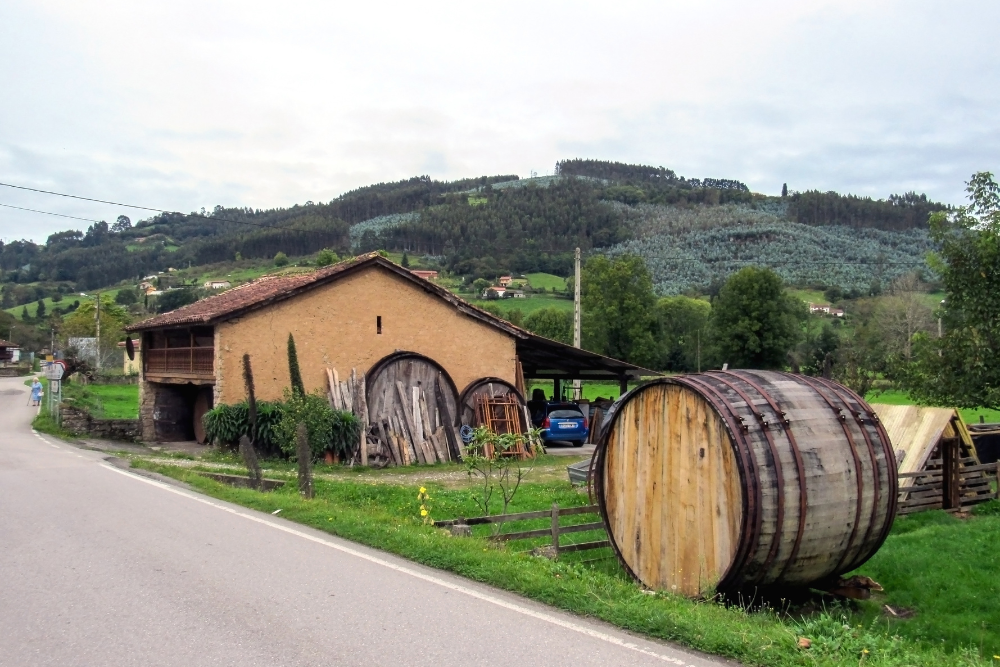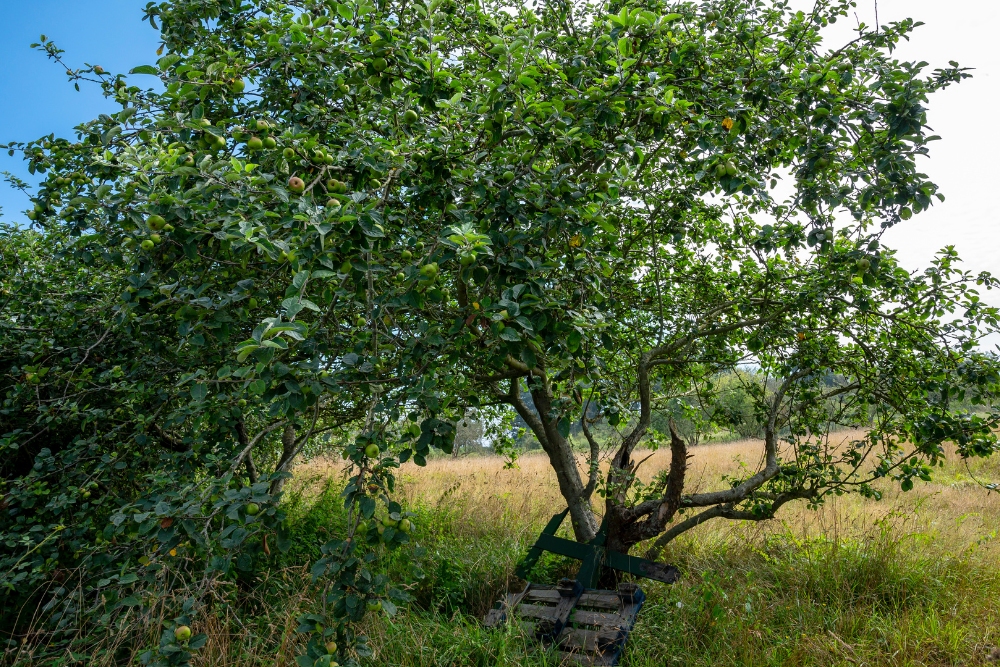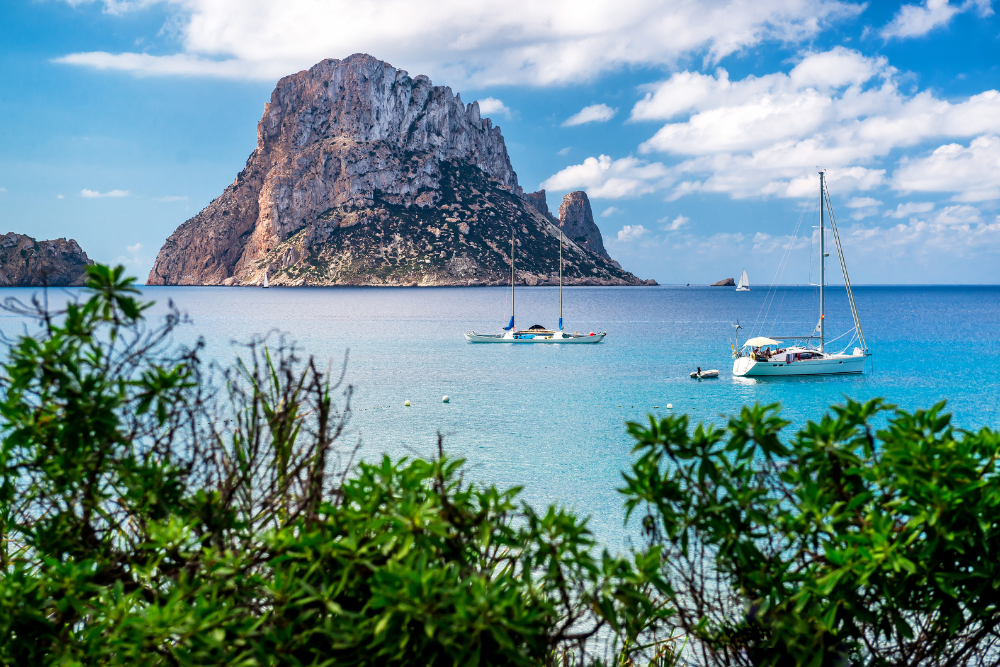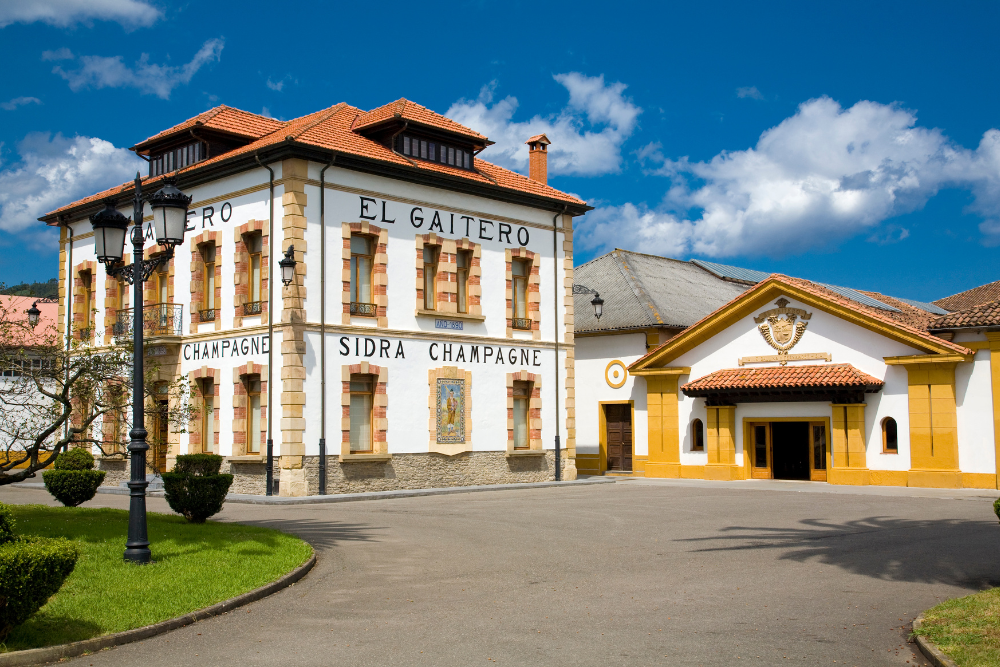Asturias, located in the lush northern region of Spain, is renowned for its breathtaking landscapes, verdant hills, and rich traditions. While many travelers know the region for its natural beauty, Asturias is also a hidden gem for wine and cider enthusiasts. The Wine and Cider Route in Asturias offers a unique opportunity to explore the region’s centuries-old traditions of cider-making and winemaking, all while enjoying stunning views of the rugged coastline, lush valleys, and charming villages. Whether you are a connoisseur or a casual drinker, this route will immerse you in the tastes, smells, and history of one of Spain’s most authentic and lesser-known wine and cider regions.
1. A Brief History of Asturian Cider

Asturias is the birthplace of sidra (cider), and it is deeply intertwined with the region’s culture. The history of cider in Asturias dates back centuries, with the first references to cider-making found in historical texts from the 13th century. Asturian cider is different from other ciders in Spain and beyond due to its traditional production methods. The apples used are a mix of sweet, sour, and bitter varieties, which give the cider its distinctive dry and complex flavor.
Cider is more than just a drink in Asturias; it is a way of life. Asturians have a unique way of serving cider, pouring it from a height in a technique known as “escanciar”. This method aerates the cider, releasing its full aroma and flavor, and is often done in a ceremonial and artistic fashion. The experience of drinking cider in Asturias is as much about the ritual as it is about the drink itself.
2. The Cider Villages: Explore the Heart of Asturian Sidra

The Cider Route of Asturias takes you through picturesque villages and towns where cider-making has been passed down through generations. Many of these villages are nestled in the lush valleys and hills of the region, offering visitors the chance to discover the art of cider-making firsthand. One of the must-visit villages on the route is Villaviciosa, often considered the cider capital of Asturias. Here, you can visit cider houses known as “llagar”, where you can witness the cider-making process from start to finish, from the harvest of apples to fermentation.
Another notable stop is the village of El Gaitero, home to one of the oldest and most iconic cider houses in the region. Founded in the 19th century, El Gaitero is famous for its traditional cider production and rich history. Many of the llagar offer guided tours, allowing you to taste different types of cider, learn about the techniques used, and hear the fascinating stories behind the region’s cider-making traditions.
The scenic countryside surrounding these villages is ideal for leisurely strolls or bike rides, with views of apple orchards, rolling hills, and the dramatic coastline. Whether you’re touring the llagar or enjoying a glass of cider in a cozy village bar, the Cider Route is an unforgettable journey into the heart of Asturias’ liquid culture.
3. The Asturian Wine Scene: Unique Varieties and Stunning Vineyards

While cider is the star of Asturias, the region also has a burgeoning wine scene that is attracting increasing attention. Asturias is home to a unique wine-growing area, especially in the region known as Cangas, located in the southern part of the province. The DO (Denomination of Origin) Cangas wine region is one of Spain’s smallest and least-known wine areas, but it is producing some truly exceptional wines. The region’s mountainous terrain and microclimate, influenced by the Atlantic Ocean, provide ideal conditions for growing grapes.
Asturian wines are made from native varieties such as Albarín Blanco, Albarín Negro, and Mencía, as well as some international varieties like Tempranillo. The wines of Cangas are known for their distinctive flavors, with the whites often having fresh, citrus notes, while the reds offer a rich and complex taste.
A visit to the Cangas wine region is a must for wine lovers. Many of the local vineyards offer tours where you can learn about the unique grape-growing techniques, the history of winemaking in the region, and, of course, sample some of the local wines. Some wineries even pair their wines with local dishes, offering the perfect pairing of Asturias’ gastronomy and wine.
4. Gastronomy: The Perfect Pairing with Cider and Wine

No wine or cider experience is complete without sampling the delicious Asturian cuisine that pairs perfectly with these drinks. Asturias is known for its hearty and flavorful dishes, and many of them are ideal for pairing with cider and wine.
One of the most famous dishes in Asturias is “fabada asturiana,” a rich, comforting stew made with white beans, chorizo, morcilla (blood sausage), and other local meats. The savory, robust flavors of the fabada pair wonderfully with the dry, slightly tart taste of Asturian cider. For wine lovers, a glass of Mencía red wine complements the dish with its smooth, fruity notes.
Another dish to try is “cachopo,” a breaded and fried veal or pork cutlet, often stuffed with cheese and ham. This indulgent dish is perfectly balanced with the refreshing taste of cider, which cuts through the richness of the meat. Asturian cheese, such as Cabrales or Afuega’l Pitu, is also a must-try, offering bold, creamy flavors that pair beautifully with both cider and wine.
5. Festivals and Events: Celebrate Asturias’ Liquid Heritage

If you time your visit right, you can immerse yourself in one of Asturias’ many cider and wine festivals. One of the most famous is the Fiesta de la Sidra in Villaviciosa, which takes place every year in the summer. During this lively event, thousands of people gather to celebrate cider with music, dancing, and, of course, drinking. The highlight of the festival is the “escanciado” competition, where participants showcase their skills in pouring cider.
In addition to cider festivals, Asturias also hosts wine events, such as the Feria del Vino de Cangas, which celebrates the wines of the Cangas region with tastings, workshops, and wine-pairing dinners. These festivals provide an excellent opportunity to experience the joy and passion behind Asturias’ wine and cider culture, making your trip even more memorable.
Conclusion: A Tasty Journey Through Asturias
The Wine and Cider Route in Asturias offers a fascinating and flavorful journey through one of Spain’s most unique and culturally rich regions. Whether you’re discovering the centuries-old traditions of cider-making, sipping wine in the scenic hills of Cangas, or enjoying the delicious local cuisine, Asturias offers an authentic and immersive experience for wine and cider lovers. Beyond its stunning landscapes and rich history, the region’s liquid heritage adds another layer of charm, making it an unforgettable destination for anyone looking to explore the heart of northern Spain.












